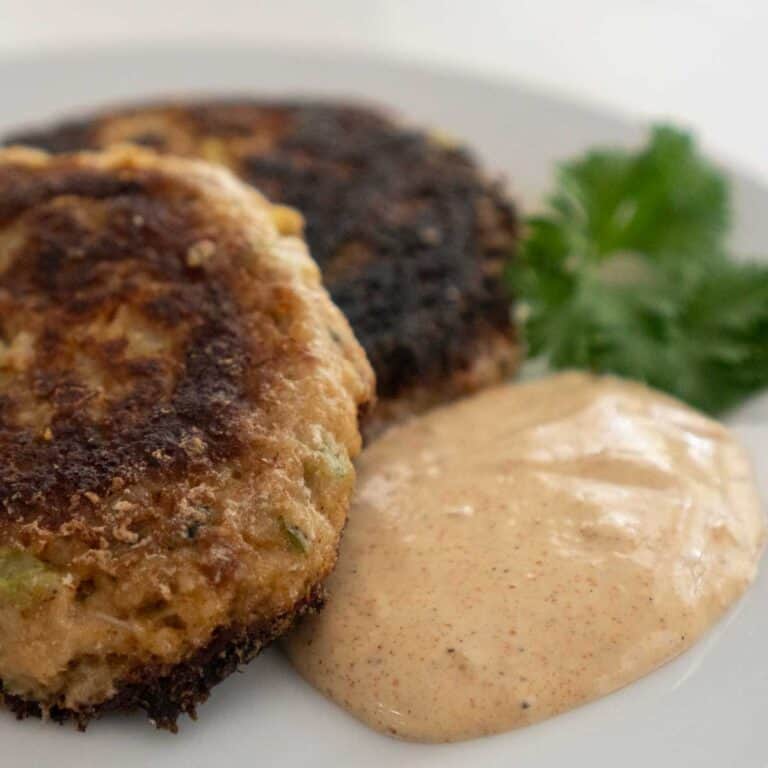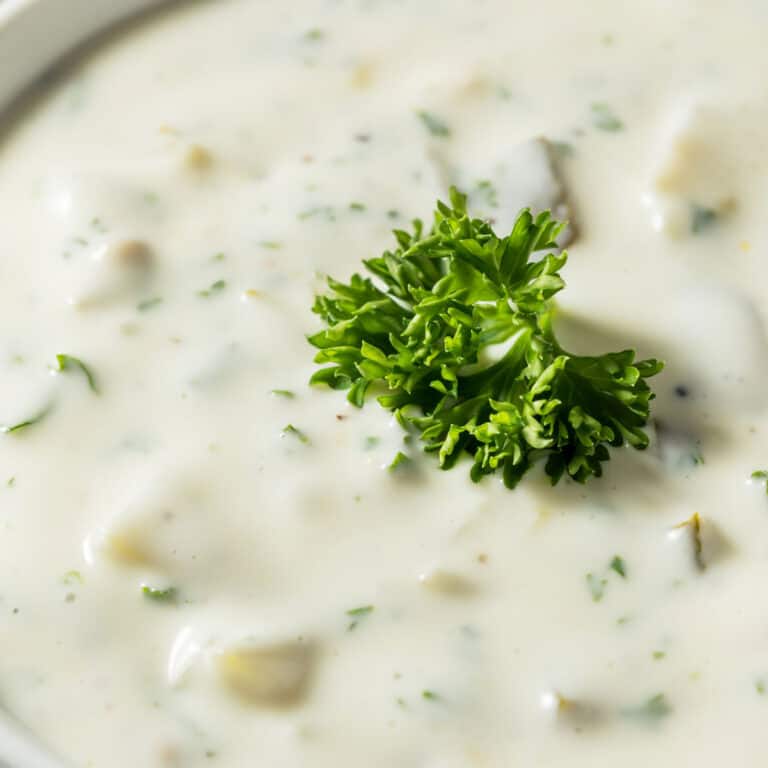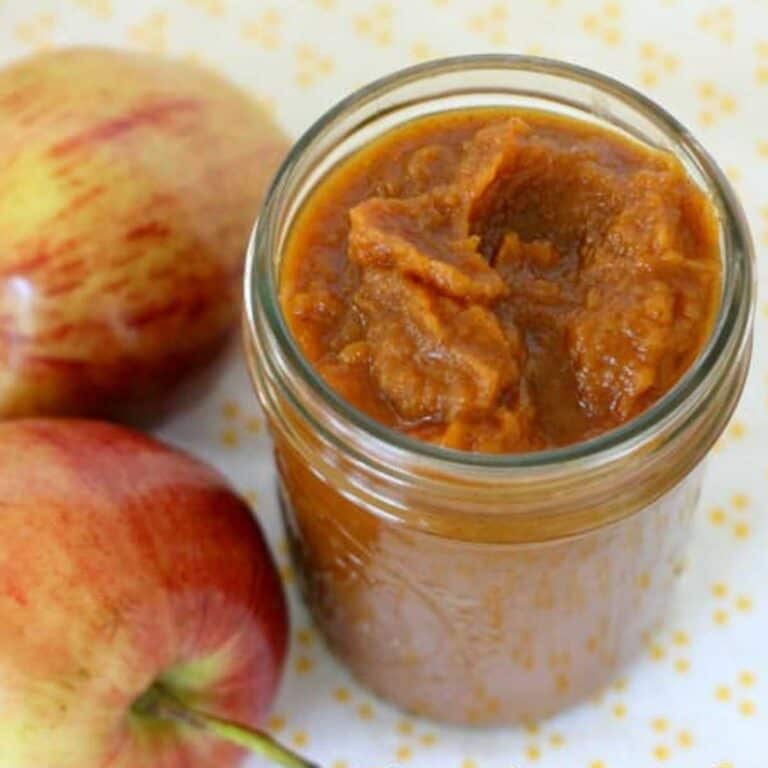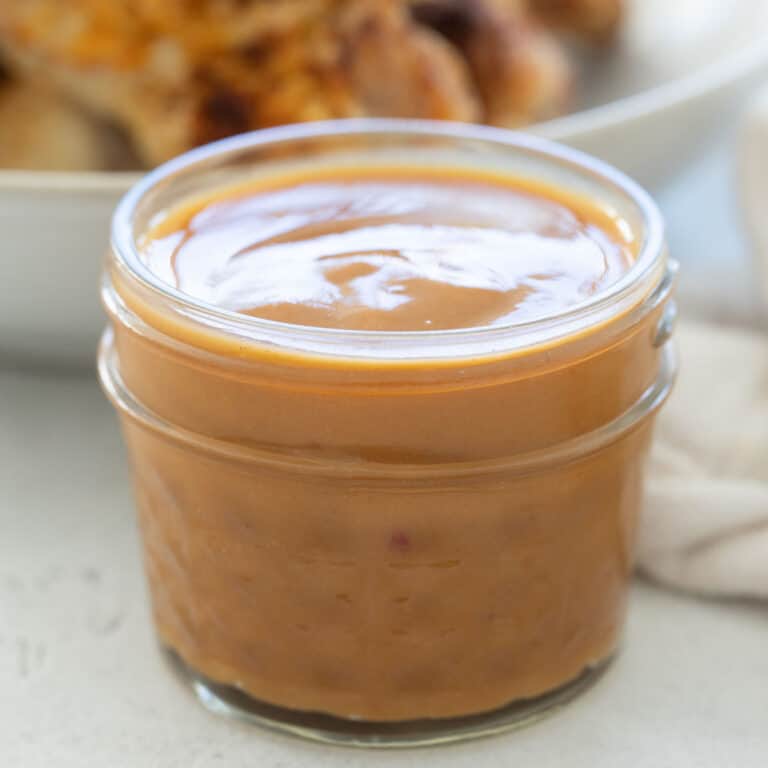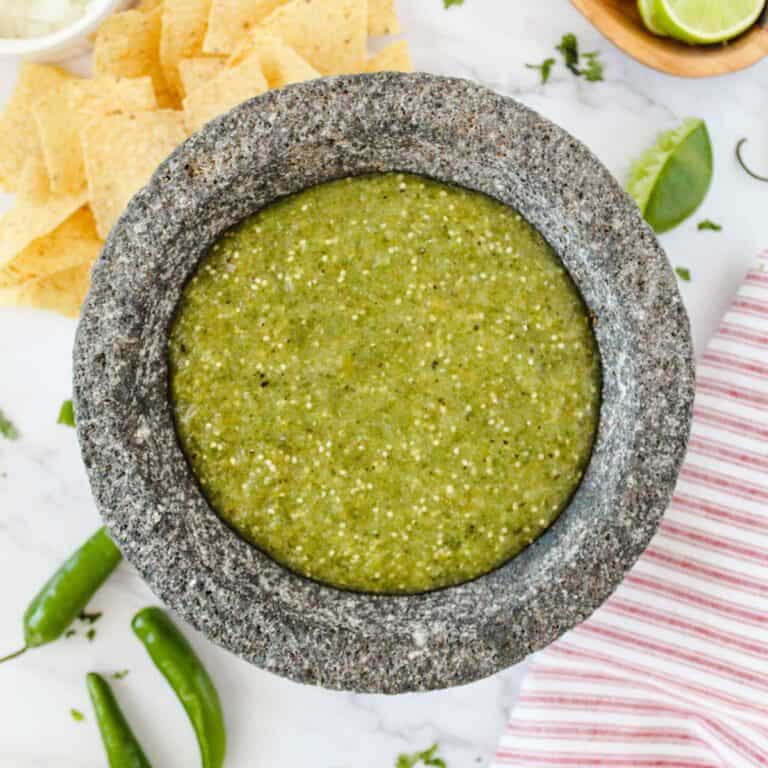How to Use Pasta Sauce for Pizza
This post may contain affiliate links. If you purchase through links on our site, we may earn a commission.
Pizza night is a favorite for many households, and while we often turn to the convenience of store-bought pizza sauces, have you ever wondered, can you use pasta sauce for pizza? The answer is a resounding yes, but there are some key considerations to keep in mind for a pizza that’s not just good, but downright delicious.
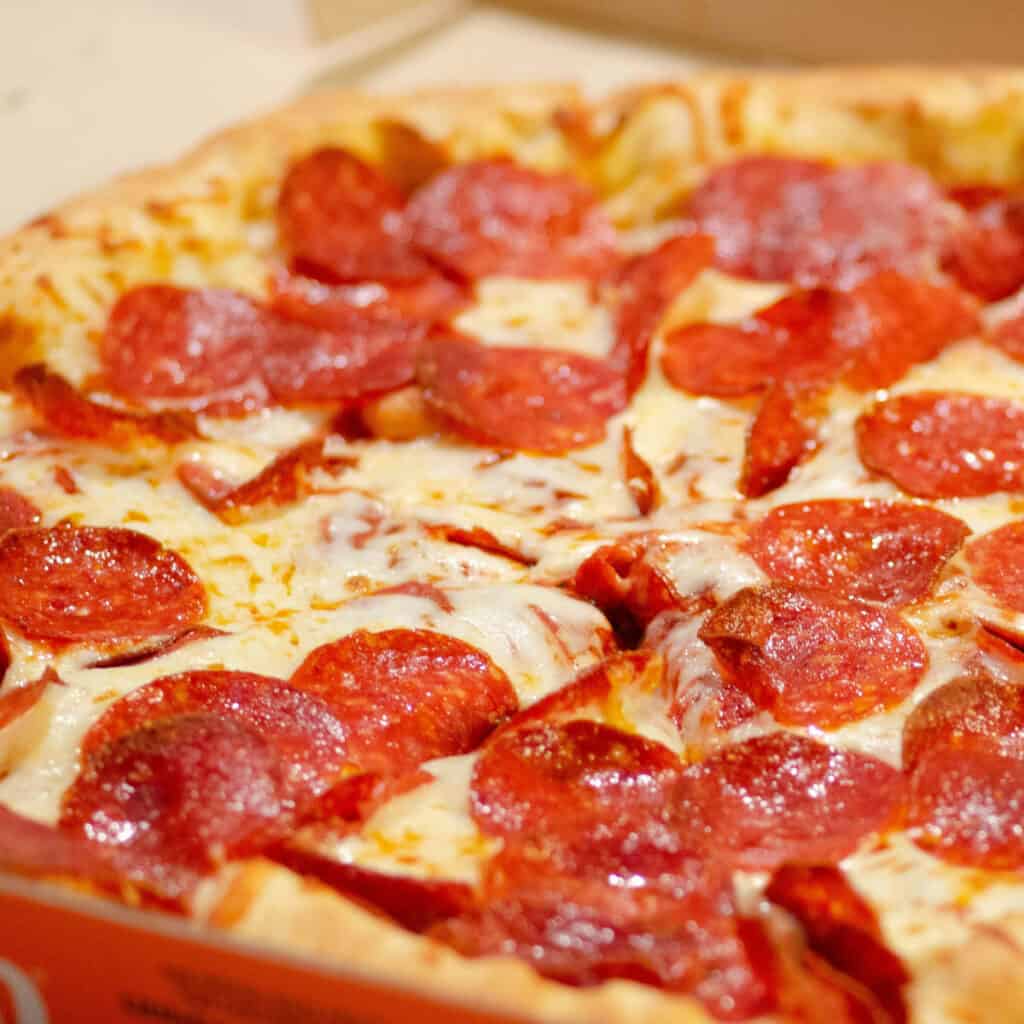
Want to save this recipe?
Enter your email & I’ll send it to your inbox. Plus, get great new recipes from me every week!
Pizza Sauce vs. Pasta Sauce: The Major Differences
Pizza sauce has both a different flavor and a different consistency than pasta sauce. Pizza sauce is thicker, and the main reason for that consistency is to withstand the high heat of the oven without turning your crust into a mushy mess.
I have some tips below for remedying the more watery issue with spaghetti sauce so it doesn’t mess with your pizza dough and jazzing up the flavor a little bit.
Prepping Pasta Sauce for Pizza
To prep your pasta sauce for pizza, consider these simple steps:
1. Thickening Agent
If your pasta sauce is on the thinner side, add a tablespoon of tomato paste to give it more body. This will help prevent a soggy pizza crust.
2. Flavor Boost
Enhance the flavor by adding some different ingredients. Try sautéing minced garlic in olive oil over medium heat. This adds depth to your sauce, making it a stellar pizza base.
3. Customization
Tailor your sauce by incorporating herbs like oregano, basil, and Italian seasoning for that authentic Italian flavor. Don’t forget a pinch of red pepper flakes if you like a bit of heat.
4. Fresh vs. Canned
While jarred sauces are convenient, consider using fresh tomatoes or homemade tomato puree to make homemade marinara for a more vibrant taste.
5. Blending
For a smoother consistency, use a food processor or immersion blender (affiliate link) to process the sauce, especially if you prefer a uniform texture. Use a fine mesh strainer to drain the watering liquid from the pasta sauce first for best results if you have a sauce with a higher water content.
Pizza Sauce Alternatives: Thinking Outside the Jar
If you’re feeling adventurous or are running low on traditional tomato-based sauces, there are alternative options to experiment with:
- Meat sauce: A hearty meat sauce, seasoned with onion powder and garlic, can elevate your pizza to new heights. Ground beef or Italian sausage adds a savory kick.
- Fresh herb sauce: A thin sauce made with fresh basil, garlic, and olive oil can be a refreshing alternative. Drizzle it over your pizza for a lighter, garden-fresh taste.
- Red Wine Infused Sauce: For a touch of sophistication, consider simmering your sauce with a splash of red wine. This creates a rich and complex flavor profile.
- Pesto: Basil, garlic, pine nuts, Parmesan, and olive oil combine to create a vibrant and flavorful alternative to traditional pizza sauce.
- Alfredo sauce: Creamy and rich, Alfredo sauce adds a decadent touch to pizza. Pair it with chicken, spinach, or mushrooms for a delightful white pizza.
- Olive Tapenade: A spread made from chopped olives, capers, and olive oil offers a briny and savory alternative, perfect for a Mediterranean-inspired pizza.
- BBQ Sauce: For a smoky and tangy twist, BBQ sauce can be used as a base. Ideal for pizzas with grilled chicken, red onions, and cilantro. Try bourbon BBQ sauce, Carolina gold BBQ sauce, or even Alabama white sauce.
- Buffalo Sauce: Spice up your pizza with the bold flavors of Buffalo sauce. Combine it with shredded chicken, blue cheese, and celery for a pizza with a kick just like our favorite buffalo chicken dip.
- Hummus: Spread a layer of hummus for a unique and satisfying pizza experience. Top with veggies, feta, and a drizzle of olive oil.
- Ricotta Cheese Blend: Mix ricotta with herbs, garlic, and Parmesan for a creamy alternative. Perfect for pizzas with spinach, cherry tomatoes, and a balsamic glaze.
- Tzatziki Sauce: Go Greek with a tzatziki base. Top with cucumber, red onion, feta, and grilled chicken for a refreshing and light pizza.
- Fig Jam: Spread fig jam for a sweet and savory flavor profile. Complement it with blue cheese, caramelized onions, and prosciutto for an elegant pizza.
- Béchamel Sauce: This white sauce, made with butter, flour, and milk, offers a velvety alternative. Pair it with ham, mushrooms, and Swiss cheese for a French-inspired pizza.
- Chimichurri Sauce: This zesty sauce made with cilantro is a unique pizza base.
Conclusion
If you forgot the pizza sauce or just want to give something else a try, you clearly have plenty of options for a delicious pizza! You can definitely make pasta sauce work for your pizza or use another creative, simple sauce for a good pizza sauce alternative.
The best part about pizza is how adventurous you can be. It’s really hard to mess up pizza! So, the next time you’re planning a pizza night, don’t hesitate to dip into your pantry staples and whip up a delicious sauce that suits your personal preference. Your pizza awaits, and it’s sure to be a flavorful creation that keeps you coming back for more!


